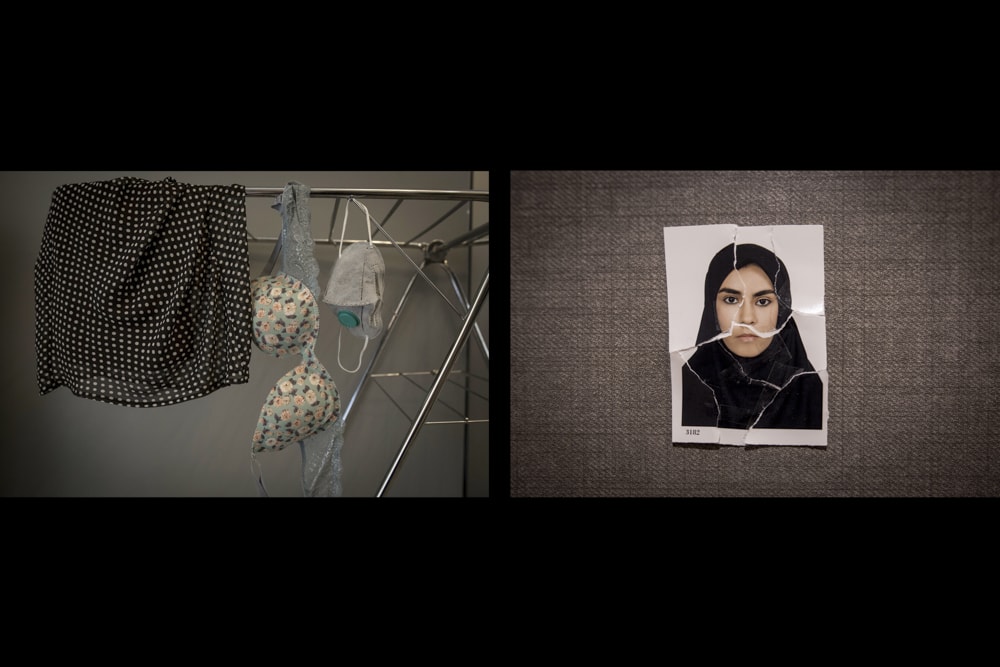Project Location | Middle East, Iran, Tehran
Production Date | 2019-09-22
Iran reported its first confirmed cases of COVID-19 infections on 19 February in Qom, where, according to the Ministry of Health and Medical Education, two people had died that day. Early measures announced by the government included the cancellation of concerts and other cultural events, sporting events, Friday prayers, and closures of universities, higher education institutions, and schools. Iran allocated 5 trillion rials (equivalent to US$120,000,000) to combat the virus. President Hassan Rouhani said on 26 February there were no plans to quarantine areas affected by the outbreak, and only individuals would be quarantined. Plans to limit travel between cities were announced in March, although heavy traffic between cities ahead of the Persian New Year Nowruz continued.
Iran became a center of the spread of the virus after China during February. More than ten countries had traced their cases back to Iran by 28 February, indicating the outbreak may have been more severe than the 388 cases reported by the Iranian government by that date. On 15 March, the Iranian government reported a hundred deaths in a single day, the most recorded in the country since the outbreak began. According to a WHO official, there may be five times more cases in Iran than what is being reported. It is also suggested that U.S. sanctions on Iran may be affecting the country’s financial ability to respond to the viral outbreak. The UN High Commissioner for Human Rights has demanded economic sanctions to be eased for nations most affected by the pandemic, including Iran. On 20 April it was reported that Iran had reopened shopping malls and other shopping areas across the country, though there is a fear of the second wave of infection due to this move. After reaching a low in new cases in early May, a new peak was reported on 4 June, raising fear of a second wave.
self-isolation (or Self-quarantine) is a popular term that emerged during the COVID-19 pandemic, which spread to most countries in 2020. Citizens able to do so were encouraged to stay home to curb the spread of the disease. During the COVID-19 pandemic, most governments around the world restricted or advised against all non-essential travel to and from countries and areas affected by the outbreak. The virus has already spread within communities in large parts of the world, with many not knowing where or how they were infected.
due to the outbreak of the coronavirus disease 2019 I have been in quarantine, along with my husband since then. my parents who had already migrated to Shiraz, a city in the south-central of Iran known for its literary history and green areas, owing to Tehran air pollution have been in quarantine since the coronavirus epidemic and lost the opportunity to travel to Tehran and meet up with their children. Nevertheless, I and my parents are communicating with each other on a daily basis via the social media. I am terrified of getting infected with the coronavirus because of my respiratory disease medical history and only leaves the house to do necessary tasks. Although I have experienced a harsh time during the quarantine time, I have grasped this opportunity to spend more time with my husband and do the backlog of work.








